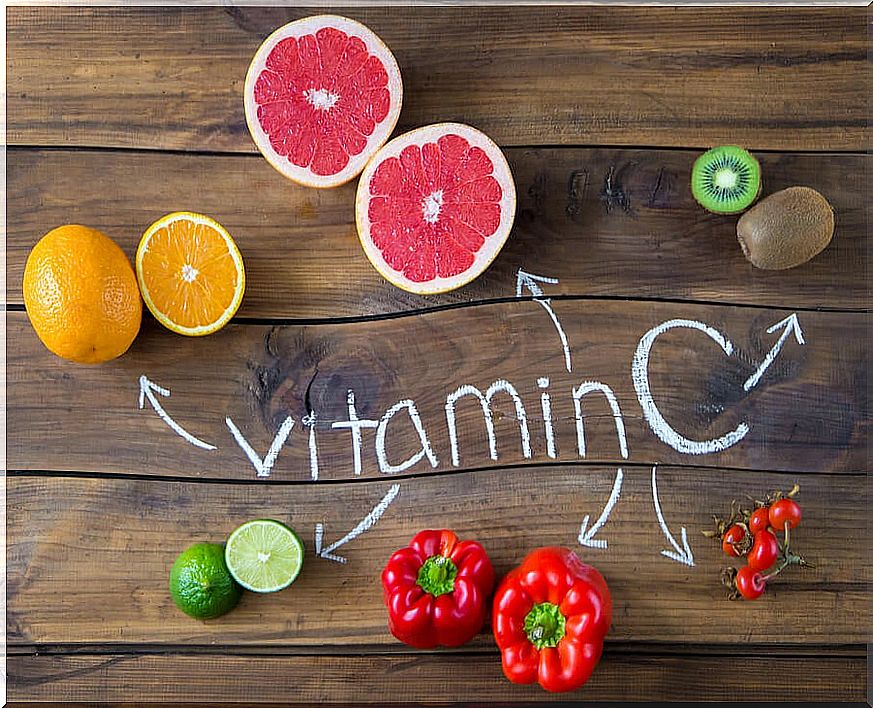What Is Scurvy?
Scurvy is part of the pathologies known as avitaminosis. The latter are disorders where some of the vitamins are lacking in sufficient quantity for the normal development of bodily functions.
In the case of scurvy, the missing vitamin is C, also called ascorbic acid . It is very difficult for this to happen, and that is why it is not common in these times where the availability of fruit is quite wide.
The history of humanity went through particular and general situations of nutritional deficiency, and there it could manifest itself. Long boat trips, for example, were contexts where fruit was not available. Prolonged droughts in territories that depended exclusively on the harvest, too.
At present, cases have been diagnosed in refugee camps, as the deprivation conditions of antiquity are reproduced. Poor areas of the world, where crops are the only source of income, are also exposed to scurvy.
What is vitamin C?

Vitamin C is the cause of scurvy when it is lacking in the body. Now, why is this substance so important for humans? The explanation lies in its role as an adjuvant factor for enzymes.
To synthesize collagen, the body needs an enzyme called propyl-lysyl hydroxylase to be activated , which will not start working if it does not have vitamin C. In the long run, if there is no collagen production, various tissues suffer the consequences, from the skin down to the bone.
Similarly, synthesizing corticosteroids and hormones such as aldosterone, require vitamin C. Not to mention the digestive system, where iron can penetrate the intestinal mucosa thanks to ascorbic acid, avoiding iron deficiency anemia.
Also, vitamin C is a natural antioxidant. It blocks the negative effect of free radicals that are produced by cellular metabolism, thus resulting in an obstacle to body aging.
We are not able to manufacture vitamin C from scratch, so we need to incorporate it from food. Among them, those that contain the most ascorbic acid are citrus fruits. But there is also sufficient quantity in berries and green leafy vegetables.
The body requires a nearly constant store of 1,500 milligrams of vitamin C so that functions are not impaired. This deposit can be maintained with a minimum intake of 60 milligrams of ascorbic acid per day, which happens in normal diets.
Scurvy symptoms
When scurvy appears, the primary symptoms have to do with the problem of collagen not being produced. Thus, a common sign is inflammation of the gums with bleeding when touching the mouth or brushing the teeth.
The skin is also affected in scurvy, for the same reason as collagen. Cracks appear that, if they become deep, end in bleeding and, later, in stretch marks. Even the dermal symptoms are noticeable under the nails.
Due to the lack of absorption of iron, anemia appears. This is more progressive and less abrupt, as it often takes years. Anemia will lead to fatigue, lack of strength, increased dryness of the skin and cognitive disorders.
Wounds do not heal quickly in scurvy patients. A little because of anemia, and the same because there is not enough collagen to repair the skin.
Scurvy treatment

By logic, it is understood that the treatment of scurvy consists of administering ascorbic acid in an amount sufficient to replace the deficiencies. This cannot be done immediately via food, since the intestinal mucosa is surely damaged.
It is usually started with an attack dose of vitamin C, intravenously or in special oral preparations. This starting dose can be as high as 1,000 milligrams a day, for up to 2 full weeks.
Once clinical stability is achieved, continue with a smaller amount of doses until the ascorbic acid deposits reach adequate values to function. The response is rapid, in general, and there are usually no complications derived from the treatment.
It is very rare for scurvy to appear on its own, without other nutritional deficits. Healthcare professionals often track different vitamin and mineral deficiencies at the same time so that a comprehensive and comprehensive treatment is applied.
Scurvy still exists
We are not facing a pathology that has disappeared. Although its frequency is much lower than decades or centuries ago, cases continue to be registered. The doctor’s suspicion of the symptoms and the context of the patient is key, which usually denotes nutritional deficiencies that are broader than vitamin C.








